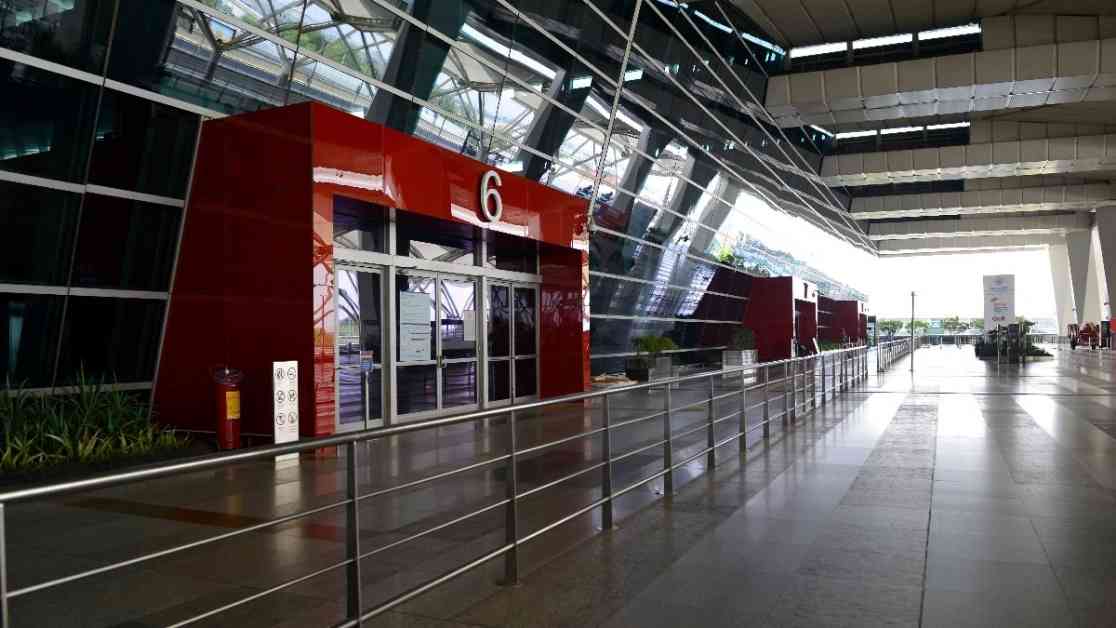Delhi Airport Tariff Hike Sparks Concerns for Air Travelers
A recent proposal to increase tariffs at Delhi’s Indira Gandhi International Airport (IGIA) has stirred discussions about potential impacts on domestic airfares. The Delhi International Airport Ltd (DIAL) is considering a pricing model that would adjust user fees based on travel class and peak or off-peak hours, potentially raising domestic airfares by 1.5 to 2%.
According to DIAL CEO Videh Kumar Jaipuriar, the proposed changes would see the Yield Per Passenger (YPP) jump from ₹145 to ₹370 once the tariff revision is approved. YPP encompasses both airline charges and passenger fees, with the new structure aiming to shift the balance more towards passenger charges. Currently, 68% of YPP is attributed to airline charges, while 32% comes from passenger charges. Under the proposed model, passenger charges would make up around 70% of the total YPP.
Jaipuriar also mentioned that the anticipated impact on international fares would be minimal, with an increase of less than 1%. Discussions are currently ongoing with the Airports Economic Regulatory Authority (AERA) regarding the implementation of the new tariffs, slated for April 1, 2024, to March 31, 2029.
Comparisons of YPP with other major airports reveal varying fee structures, with Delhi’s current User Development Fee (UDF) standing at approximately ₹77 per passenger. Jaipuriar highlighted the differences, citing figures of ₹478 at Bangalore, ₹533 at Chennai, and ₹637 at Kolkata. Internationally, airports like Heathrow, Schiphol, Hong Kong, and Paris have significantly higher charges, ranging from ₹946 to ₹3,100, depending on exchange rates.
In addition to the proposed tariff adjustments, infrastructure upgrades are in progress at IGIA, a bustling airport that accommodates 1,300 daily flights across its three terminals. Plans include the temporary closure of Terminal 2 for four to five months starting in April, along with an upgrade to the Instrument Landing System (ILS) to enhance low-visibility landing capabilities. During the closure of Terminal 2, a renovated section of Terminal 1 will be operational, and part of Terminal 3 will be repurposed for international flights.
Despite significant investments in IGIA since 2006, totaling ₹30,000 crore, DIAL has reported accumulated losses of ₹2,900 crore as of December 2024. The airport operator has also made substantial revenue-sharing payments to the Airports Authority of India (AAI), amounting to ₹25,000 crore, along with ₹192 crore in dividends.
The proposed variable tariff model has garnered support from the Association of Private Airport Operators (APAO), which views it as a globally recognized approach that strikes a balance between affordability and financial sustainability. APAO advocates for class-based UDF, peak and off-peak pricing, and competitive landing and parking fees to promote cost-effective airline operations.
As discussions continue and the aviation landscape evolves, travelers and industry stakeholders alike will be closely monitoring the developments at Delhi’s bustling airport, where changes in tariffs could ripple through the air travel ecosystem, impacting both domestic and international passengers.
(With PTI inputs)























